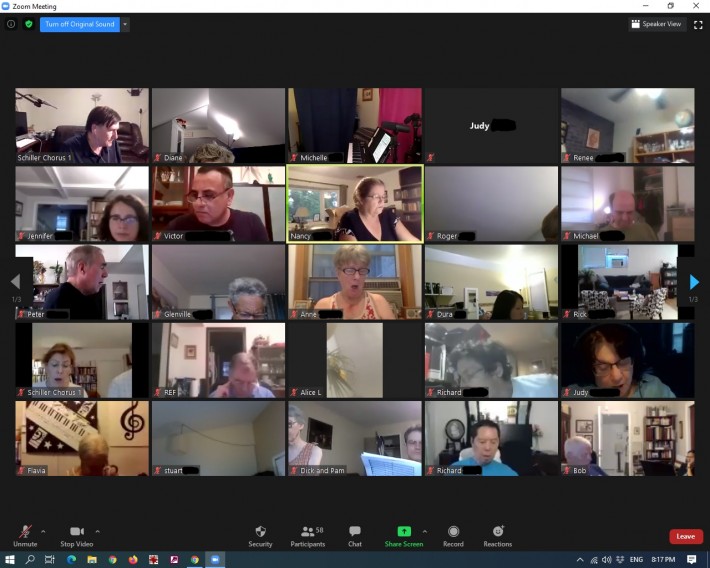John Sigerson
A detailed working-through of the latest scholarly edition of Beethoven’s stupendous Missa Solemnis (published by Bärenreiter in 2019), reveals many aspects of the work which have yet to be performed in the way Beethoven clearly specified.
One aspect of Beethoven’s specifications that has been generally ignored, is the relation of the soloists to the chorus. In the “Sanctus” movement, for example, a sloppy copyist’s error resulted in most printed scores indicating that both the opening “Sanctus, Sanctus, Sanctus,” and also the following Allegro “Pleni sunt coeli” section, should be sung by soloists only. Most conductors have more or less instinctively concluded that the latter “Pleni” section was obviously meant for the full chorus, yet they have left the opening to be sung by soloists only. However, the new scholarly edition’s notes clearly demonstrate that the opening “Sanctus, Sanctus, Sanctus” should likewise be sung by the chorus, and not soloists.
Even more revolutionary is how Beethoven deals with the soloists and chorus in the great profession of faith in the Creator and in human creativity, the “Credo.” In four of the main source manuscripts—namely in (a) Beethoven’s own working manuscript, (b) the version he presented to his benefactor Archduke Rudolph, (c) the version sent to the publishers for engraving, and (d) the subscription copy he sent to King Frederick VI of Denmark—Beethoven clearly specifies that the soloists should join with the chorus in singing all those sections that do not include separate solo parts! I.e., the soloists must sing everything in the “Credo” and must never be sitting idle as mute “specialists” while faith is being professed.
To quote from the scholarly note on page 278 of the Bärenreiter edition:
“The solo voices are marked ‘Col coro’, written across the four staves, in the first few bars in BCDE [the four aforementioned manuscripts], though not in A or M [the autograph score, and the first 1827 published edition by Schott]. In NGA [Neue Gesamtausgabe published in 2000 by Henle] the annotation is noted in the Critical Commentary but the solo voices are given rests in the main score [!]. The instruction ‘Col Coro’ must have originated with Beethoven, however, and so solo voices should be asked to join with the chorus for the relevant sections of the Credo, as indicated in the present edition, in any performance that is attempting to follow Beethoven’s instructions [emphasis added].”
The Schiller Institute NYC Chorus continues to rehearse the Missa Solemnis via Zoom during this socially-distanced Year of Beethoven, and will definitely follow Beethoven’s instructions at the earliest opportunity, in the hopes that many others will follow.











